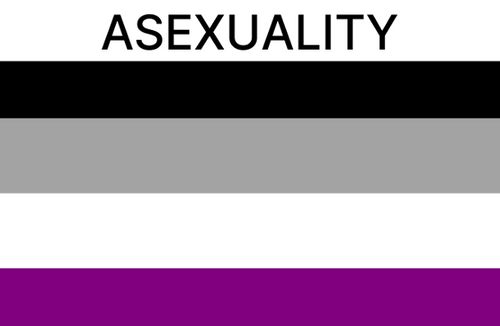What is Asexuality?
Sep 24, 2022 · 2 mins read
0
Share

Not everyone relates to the feeling of being sexually attracted to someone (same or opposite sex). Someone who is asexual experiences little to no sexual attraction. If you feel this way or know someone who feels this way, continue reading.
Save
Share
A common misconception is that someone who is asexual is not interested in sex because they are scared of intimacy or repressed, or they have not met the right person. But asexuality is not a choice, it is a person’s sexual orientation.
Save
Share
Asexual people might feel sexual attraction under certain circumstances but are more aligned with asexuality than other orientations. People who fit under this umbrella are called “aces” for short.
Save
Share
Aces can identify as asexual, demisexual, or graysexual. A demisexual person only experiences sexual attraction if there’s a strong emotional bond. Graysexuals fluctuate between periods of experiencing and not experiencing sexual attraction.
Save
Share
Asexuality isn’t celibacy or abstinence: Some people choose not to have sex for religious reasons or to avoid pregnancy. That does not make them asexual. The asexual person does not want sex at all.
Save
Share
Asexuals are not mentally ill or disabled: “The idea that asexuality is the result of something being wrong or somehow being broken is incorrect,” Brian Langevin, founder of Asexual Outreach, told CNN.
Save
Share
Asexual people may be told that mental illness or disability is the reason for their lack of sexuality. Or they haven’t met the right person. Even if hormone therapy and medications may boost the asexual’s libido, their asexual identity is still valid.
Save
Share
Aces might have sex: Sexual attraction is different from sex drive. Aces may experience libido but it isn’t directed to a certain person. They may engage in masturbation/other sexual activity but they have no desire for sex with another person.
Save
Share
They may have other identities: Aces can have another identity under the LGBTQ+ umbrella. For example, more than one in 10 people in the ace community are transgender, and 3 in 10 are non-binary, according to data from Asexual community surveys.
Save
Share
Survey respondents who said they are asexual are mostly female and white. This may be because people of color are less likely to participate in asexual communities and surveys. How do you know if you are asexual? Read this FAQ from the Asexual Network.
Save
Share
0